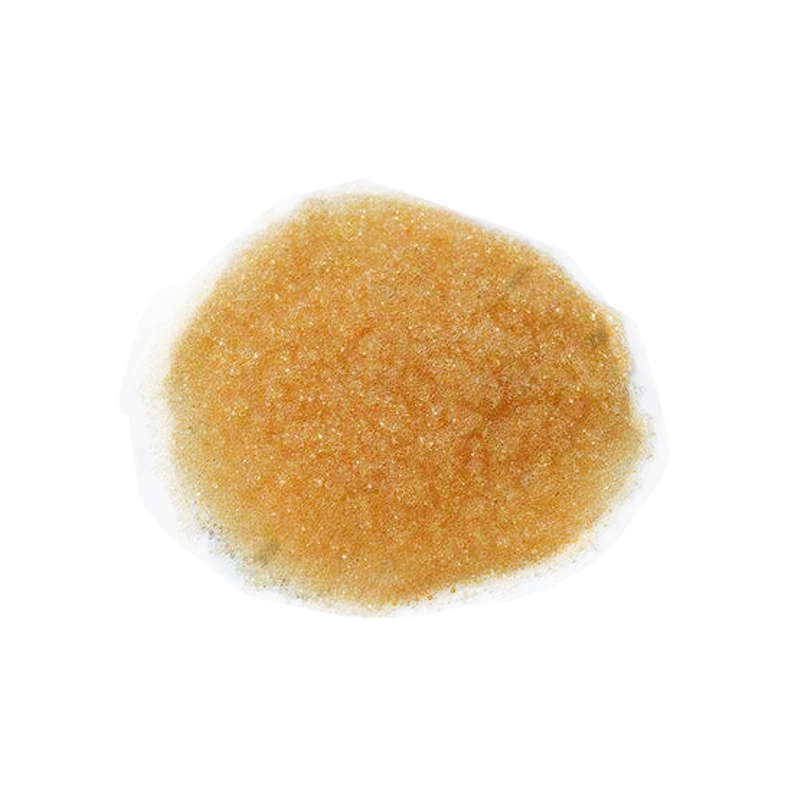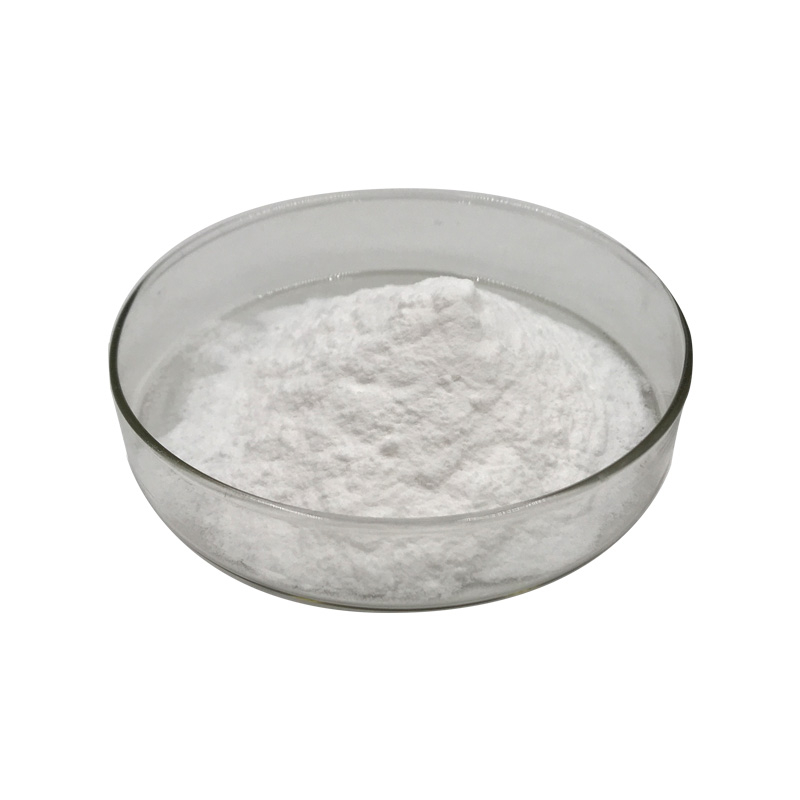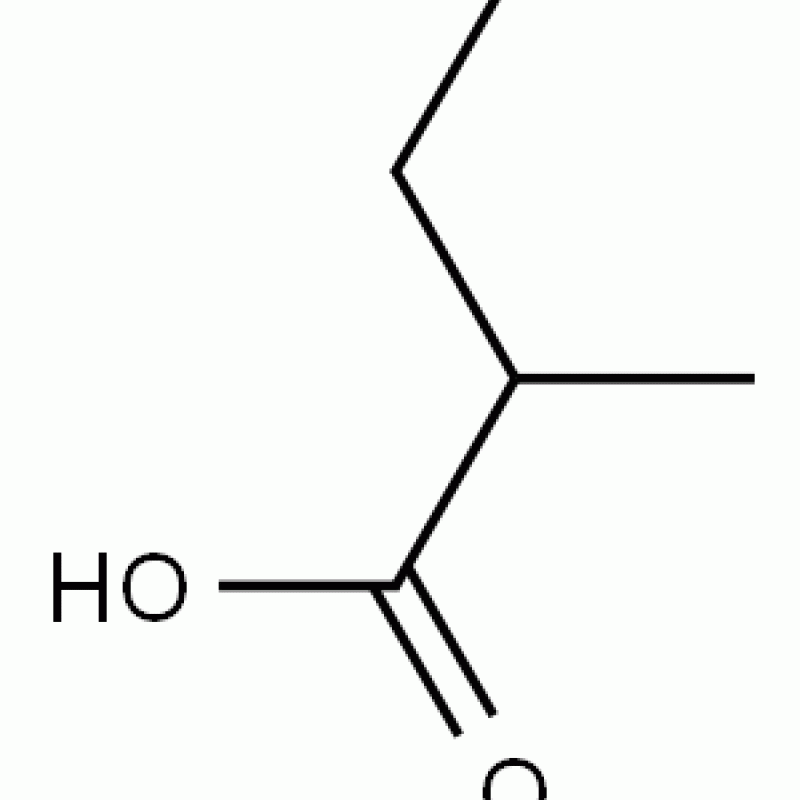Products Description of Resin epoxy CAS#24969-06-0Epoxy resin is a high-performance polymer widely used in coatings, adhesives, and composite materials due to its superior adhesion, chemical resistance, and electrical insulation. With a robust track record in industrial collaborations, it has been instrumental in automotive, aerospace, and construction projects, enhancing product durability and performance. Academically, it drives innovation in material science, pushing the boundaries of material development.
Contact Now
Petroleum Resins CAS#68131-77-1Petroleum resin is produced by pre-treatment, polymerization, distillation and other processes of C5 and C9 fractions produced as by-products of petroleum cracking.
Contact Now
Products Description of POLYIMIDE RESIN CAS#62929-02-6Yellow powderPOLYIMIDE RESIN Chemical PropertiesMelting point >300°Cdensity 1.2Fp >93°(199°F)form PowderSpecific Gravity1.2color YellowWater Solubility Insoluble in water.EPA Substance Registry System1,3-Isobenzofurandione, 5,5'-carbonylbis-, polymer with 1(or 3)-(4-aminophenyl)-2,3-dihydro-1,3,3(or 1,1,3)-trimethyl-1H-inden-5-amine (62929-02-6)Factory and Equipment ShowFast delivery timeInventory 2-3 working days New production 7-10 working days
Contact Now
Products Description of GALDEN (TM) HT70 CAS#69991-67-91. Compared with hydrocarbon lubricants, perfluoropolyether lubricants have basically similar molecular structures.
Contact Now
Products Description of Triethylene glycol dimethacrylate CAS#109-16-0Unsaturated polyester resin (UPR) is one of the three most widely used matrix resin materials in resin-based composite materials.
Contact Now
Products Description of 3,4-epoxycyclohexanecarboxylate CAS#2386-87-0The alicyclic epoxy resin 3,4-epoxycyclohexylmethyl 3,4-epoxycyclohexylcarboxylate overcomes the shortcomings of traditional bisphenol A epoxy resin, such as poor weather resistance, high temperature resistance, and poor impact resistance, and has received great attention from all walks of life.
Contact Now
Products Description of Polymethylene polyphenyl polyisocyanate CAS#9016-87-9Brown transparent liquid with pungent odor.Polymethylene polyphenyl polyisocyanate Chemical PropertiesBoiling point 392 °C5 mm Hgdensity 1.2 g/mL at 25 °C(lit.)vapor density 8.6 (vs air)refractive index n20/D 1.634Fp >230 °Fstorage temp. Refrigerator, Under inert atmospheresolubility DMSO (Sparingly), Ethyl Acetate (Slightly), Methanol (Soluble)form Oilcolor Yellow to OrangeStability:Stable.
Contact Now
Products Description of Antioxidant 1010 CAS#6683-19-8Antioxidant 1010 is a macromolecular multifunctional hindered phenol antioxidant, soluble in benzene, acetone, chloroform, insoluble in water. It is non-polluting, non-coloring, low in volatility, and has good extraction resistance.It is widely used in polyethylene, polypropylene, polyoxymethylene, ABS resin, PS resin, PVC, engineering plastics, rubber and petroleum products, and has excellent antioxidant properties for polypropylene and polyethylene. It can effectively extend the service life of the product.1.
Contact Now
Products Description of CARBOMER CAS#9007-20-9 Polyacrylic acid, referred to as PAA, also known as 2-acrylic acid homopolymer, acrylic resin coating, acrylic resin, acrylic monomer polymer, acrylic modified resin, acrylic resin emulsion, is a water-soluble acrylic polymer, and is also soluble in certain polar solvents, such as methanol, dioxane and ethylene glycol. The ionization constant is 4.75. Since the molecule contains a large number of carboxyl groups, it can react with alkali, alcohol, and amine, and can also undergo dehydration, degradation and complexation reactions.
Contact Now
Products Description of Poly(acrylic acid)CAS#9003-1-4Acrylic resin (MethylMethacrylateResin), commonly known as organic glass, is a polymer compound made from methyl methacrylate. Commonly used synthesis methods include anionic polymerization, solution polymerization, bulk polymerization, and suspension polymerization. In addition, the resin has excellent properties such as easy coloring, light weight, not easy to break, and good processing performance. Therefore, it is often used as a substitute for glass, optical lenses, lenses, etc.
Contact Now
Products Description of AMBERLITE(R) XAD-4 CAS#37380-42-0Ion exchange resin is a kind of functional polymer that can exchange with ions of the same sign in aqueous solution. It is essentially a cross-linked polymer acid or polymer base. Phenolic cation exchange resin was first introduced in 1935, and industrial production began in Germany in 1939 and the United States in 1941. After World War II, polystyrene and polyacrylic acid ion exchange resins were put into production one after another. After the 1960s, macroporous ion exchange resins were developed.
Contact Now
Products Description of Sulfolane CAS#126-33-0Sulfolane solvent has high solubility for aromatic hydrocarbons, good selectivity, good thermal stability, low vapor pressure, low toxicity and no corrosion to carbon steel. Therefore, sulfolane extraction technology has become the most widely used aromatic hydrocarbon in the world.
Contact Now
Product Description:Benzene (C₆H₆) is a widely used aromatic hydrocarbon with a colorless, highly flammable liquid form and a sweet odor. It is an essential raw material in the chemical industry, particularly in the production of polymers, synthetic fibers, rubber, and various other chemicals.
Contact Now
Products Description of AMBERLITE(R) IRA-400 (CL) CAS#9002-24-8717 Strong Base Anion Exchange Resin is a chemical substance.AMBERLITE(R) IRA-400 (CL) Chemical PropertiesWater Solubility Insoluble in water.Merck 14,382Safety InformationRisk Statements 36/37/38Safety Statements 26-36WGK Germany 3TSCA YesProduct Application of AMBERLITE(R) IRA-400 (CL) CAS#9002-24-8Used for softening water, preparing high-purity water, refining radioactive elements, extracting iodine from seaweed, refining antibiotics, industrial wastewater treatment, etc.Factory and Equipm
Contact Now
Products Description of Naphthalene CAS#91-20-3Naphthalene is the simplest condensed ring aromatic hydrocarbon with a chemical formula of C10H8. It is formed by the fusion of two benzene rings sharing two adjacent carbon atoms.
Contact Now
Products Description of 2-DODECEN-1-YLSUCCINIC ANHYDRIDE CAS#26544-38-7Yellow liquid2-DODECEN-1-YLSUCCINIC ANHYDRIDE Chemical PropertiesMelting point 41-43 °C(lit.)Boiling point 180-182 °C5 mm Hg(lit.)density 1.00 g/mL at 20 °Cvapor density 9.2 (vs air)vapor pressure <1 mm Hg ( 20 °C)refractive index 1.477-1.479Fp 352 °Fstorage temp. Inert atmosphere,Room Temperaturesolubility 10g/L in organic solvents at 20 ℃form clear liquid to cloudy liquidcolor Light yellow to Yellow to OrangeWater Solubility&
Contact Now
Products Description of Glycerine CAS#56-81-5Glycerin is an important basic organic raw material. It is widely used in industry, medicine and daily life. Currently, it has about 1,700 uses. It is mainly used in medicine, cosmetics, alkyd resin, tobacco, food, Chemicalbook acid resin, and celluloid. and explosives, textile printing and dyeing, etc. Glycerol consumption in areas such as alkyd resins, celluloids and explosives is on a downward trend. However, its applications in medicine, cosmetics, and food will continue to grow. It can form a nutrient source after hydrolysis in the body.
Contact Now
Products Description of 3,6-Dibromopyridazide CAS#17973-86-33,6-Dibromopyridazine is an important intermediate in organic synthesis.3,6-Dibromopyridazide CAS#17973-86-3 Chemical PropertiesMelting point 116 °CBoiling point 327.5±22.0 °C(Predicted)density 2?+-.0.06 g/cm3(Predicted)storage temp. Keep in dark place,Sealed in dry,Room Temperaturepka-1.18±0.10(Predicted)form Solidcolor White to pale yellowInChIInChI=1S/C4H2Br2N2/c5-3-1-2-4(6)8-7-3/h1-2HInChIKeyVQAFMTSSCUETHA-UHFFFAOYSA-NSMILESC1(Br)=NN=C(Br)C=C1Safety InformationHazard Codes XnRisk Statements&
Contact Now
Products Description of Tris(2-methyl-1-aziridinyl)phosphine oxideCAS#57-39-6It is mainly used as a crosslinking agent and curing agent for the resin coating of missiles.
Contact Now
Products Description of Iodomethane CAS#74-88-4Methyl iodide is a halogenated hydrocarbon with the molecular formula CH3I, MeI. It is a monoiodine substitute of methane. The boiling point is 42.4℃, the relative density is 2.279 (20/4℃), it is a volatile liquid with high density at room temperature, the dipole moment is 1.59D, and the refractive index is 1.5304 (20°C, D), 1.5293 (21°C, D). Methyl iodide is miscible with common organic solvents, slightly soluble in water, soluble in ethanol and ether. The pure product is colorless and has a special odor.
Contact Now
Products Description of 1-Methylimidazole 99% CAS#616-47-7N-methylimidazole, also known as 1-methylimidazole, is mainly used as an organic synthesis intermediate, ionic liquid and resin curing agent, adhesive, etc., such as the synthesis of deoxyribonucleic acid and acetylation catalyst, as well as for casting, bonding and fiberglass. Therefore, optimizing the synthesis process of N-methylimidazole has great application value and practical significance.
Contact Now
Tetrachloroethylene CAS#127-18-4 Tetrachloroethylene (chemical method Cl2C=CCl2) is a chlorinate hydrocarbon used as an industrial solvent and cooling liquid in electrical transformers. It is a colorless, volatile, nonflammable liquid with an ether-like odor. The most important section of tetrachloroethylene is produced by means of excessive temperature chlorinolysis of mild hydrocarbons.Tetrachloroethylene is an awesome solvent for natural materials.
Contact Now
Products Description of Diisopropyl Ether (99%min) CAS#108-20-3Diisopropyl ether is a good solvent for animal, vegetable and mineral oils and fats, and can be used to extract nicotine from tobacco. It is also a good solvent for paraffin and resin. In industry, diisopropyl ether is often mixed with other solvents and applied to paraffin-based oils. The dewaxing process of the product. As a solvent, it is also used in pharmaceuticals, smokeless gunpowder chemical books, coatings and paint cleaning, etc.
Contact Now
Dichloromethane CAS#75-09-2Dichloromethane (DCM), additionally recognized as methylene chloride, is a transparent, colorless, risky halogenated aliphatic hydrocarbon compound with an ether-like mildly candy smell. It is relatively soluble in water as properly as in most natural solvents namely; ether, ethanol, ketones, aldehydes, and phenols (1).
Contact Now
































